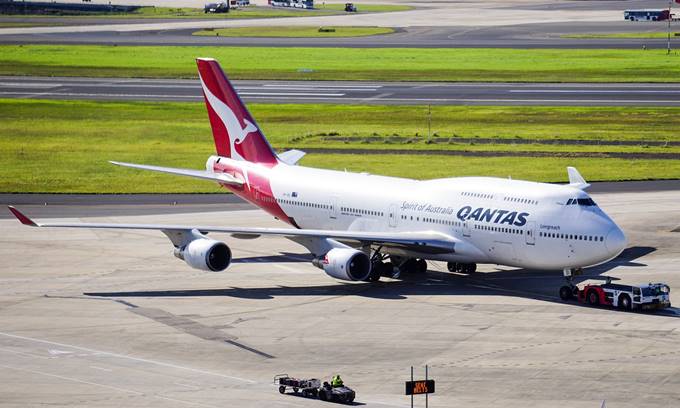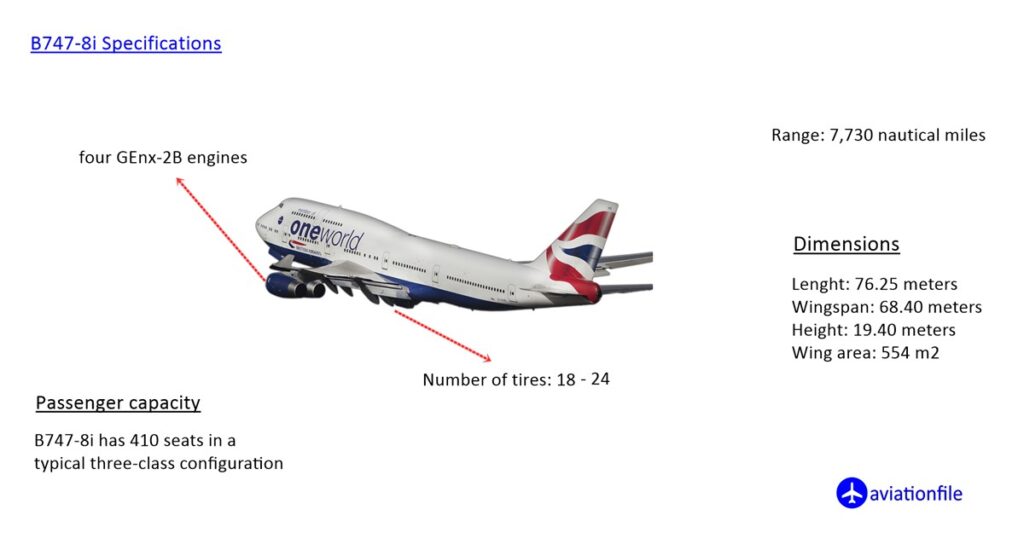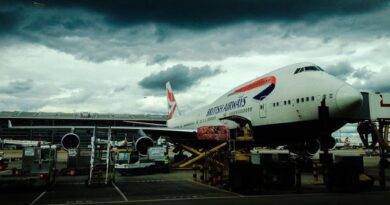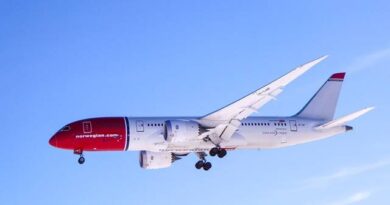The Story of B747
Boeing 747, one of the most iconic commercial airliners in the world, is reached the end of its production line (The final 747 was delivered in January 2023). The 747 has been in service for over 50 years, and has played a significant role in the aviation industry. From its introduction in the late 1960s to today, the 747 has been a symbol of luxury and prestige, and its retirement marks the end of an era for aviation. Lets look to the story of B747…
The Boeing 747 was first introduced in 1968 (On September 30, 1968, the first 747 was rolled), and quickly became the flagship of commercial aviation. It was the first aircraft to offer a wide-body cabin, which meant that passengers could travel in greater comfort and with more space. The 747 was also the first aircraft to have a two-deck cabin, which allowed for increased seating capacity and helped to reduce the cost per passenger. This was an important factor in making air travel more affordable and accessible to the masses.

B747 over the years
Over the years, the 747 has undergone several upgrades and modifications to improve its performance and keep it up-to-date with the latest technology. The 747-400, which was introduced in the late 1980s, was the most advanced version of the aircraft and offered improved fuel efficiency and increased range. The 747-8, the latest version of the 747, was introduced in 2011, and is the largest and most advanced 747 ever built.
Despite its many achievements, the end of the 747’s production line is a sad moment for many in the aviation industry. The 747 has been a beloved and iconic aircraft for many years, and its retirement marks the end of an era for aviation. The 747 has become a symbol of luxury and prestige, and its departure from commercial service will leave a void that will be hard to fill.

Reasons for the end of the 747’s production
The main reason for the end of the 747’s production line is the decline in demand for large commercial airliners. The rise of smaller and more fuel-efficient aircraft, such as the Boeing 787 Dreamliner, has made the 747 less appealing to airlines. The 747’s high operating costs and fuel consumption have also made it less attractive to airlines, which are looking for more cost-effective solutions.
In conclusion, the end of the 747’s production line marks the end of an era for aviation. The 747 has been a beloved and iconic aircraft for many years, and its departure from commercial service will be felt by many. Despite this, the 747 will always be remembered as a symbol of luxury and prestige, and its impact on the aviation industry will never be forgotten.
sources:
https://www.britannica.com/technology/Boeing-747
https://simpleflying.com/boeing-747-varients/
https://en.wikipedia.org/wiki/Boeing_747


